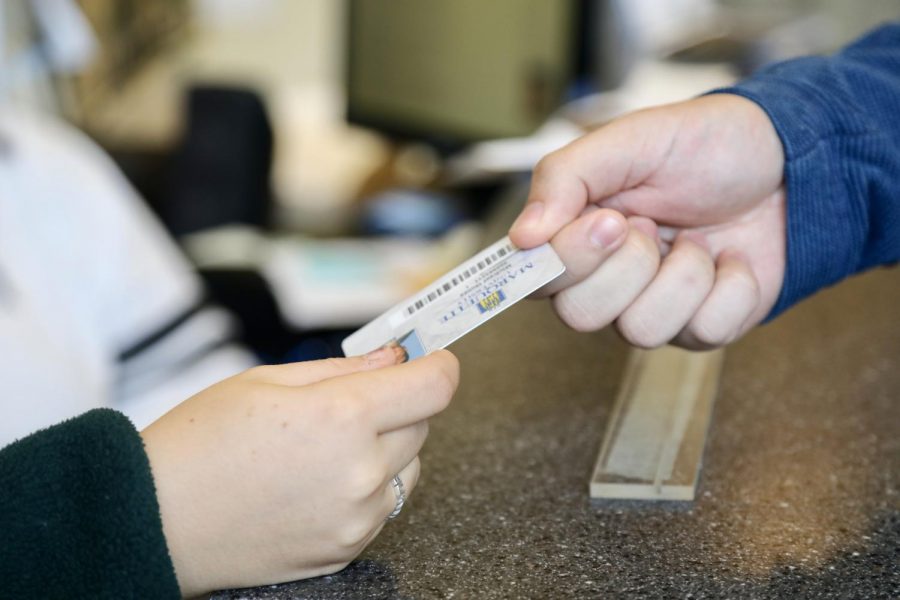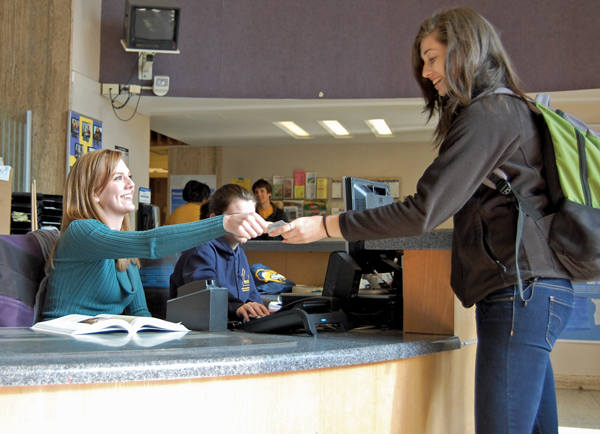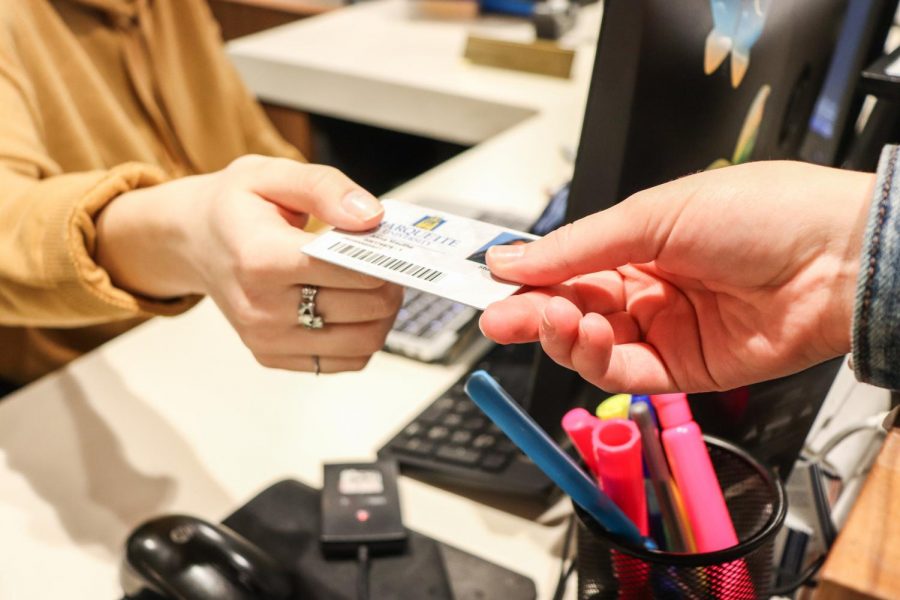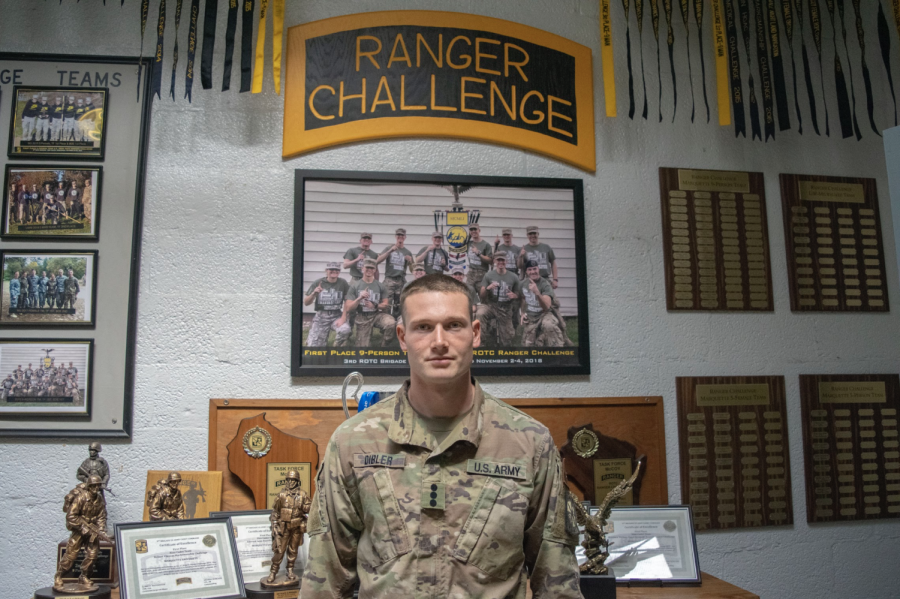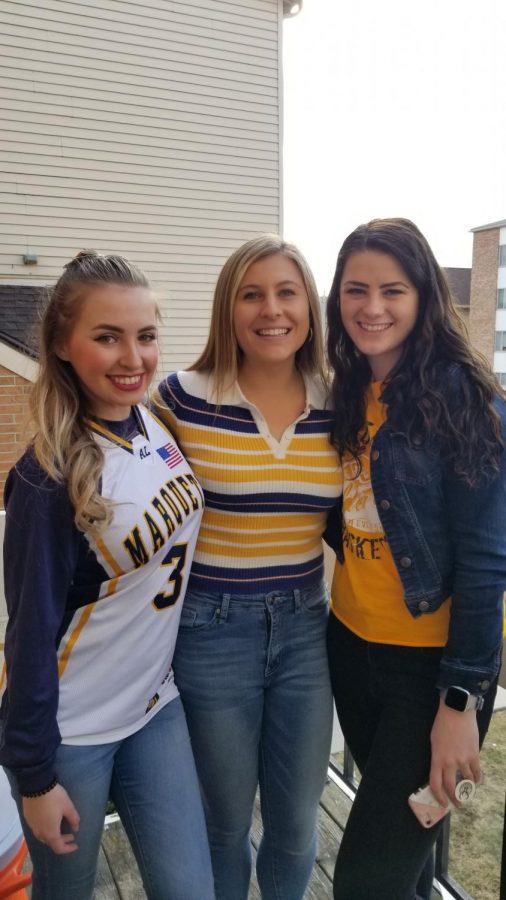Desk receptionists are the first line of defense at Marquette residence halls.
But the difference that separates Marquette DRs from similar gatekeepers around Milwaukee is the fact that they do not receive active shooter training.
Annie Dysart, a desk receptionist in Straz Tower and sophomore in the College of Arts & Sciences, said that she thinks active shooter situations should be incorporated into DR training.
“(School shootings) have really been common recently,” Dysart said. “It shouldn’t be something that should be overlooked at this point in time based on all the things that have happened and all the attention it’s getting.”
Despite her wishes for active shooter training, Dysart said she does not look down upon Office of Residence Life. ORL and director of ORL, Mary Janz, did not respond to multiple requests asking for comment.
Jeff Kranz, interim chief of the Marquette University Police Department, said the department has done active shooter training with resident assistants and desk receptionists in the past.
“If they requested it again, we would be more than happy to provide that,” Kranz said.
Individuals who man the desks at the Milwaukee School of Engineering and the University of Wisconsin-Milwaukee receive active shooter training.
Billy Fyfe, the director of public safety at MSOE, said the university’s residence halls are monitored 24/7 by public safety officers.
The officers in the halls are full-time members of MSOE’s public safety department, Fyfe said. Officers receive training that involves medical certifications, policy overview and active shooter situations.
In addition to public safety officers, all MSOE students, staff and faculty are required to complete active shooter training beginning in fall 2018.
“It’s something that we continue to work toward, making sure everybody at MSOE is trained and knows what to do in an active shooter incident,” Fyfe said.
Matt Moutin, the outreach coordinator for University of Wisconsin-Milwaukee housing, said UWM residence halls are manned by student security monitors who are annually trained for active shooter situations.
Marquette also differs from MSOE and UWM in terms of how students enter residence halls.
Marquette students swipe in with DRs, while students at the other two universities must externally swipe into residence halls in addition to swiping in with a person in the lobby.
Dysart said if someone were to walk by the desk, she would not be able to do anything to stop them.
“We could say, ‘No, you can’t go there,’ and they could still go up the elevators,” Dysart said. “I could see how we are kind of powerless depending on how motivated someone is to get into the building.”
Dysart said she thinks the addition of students swiping at elevators would help add to residence hall safety, especially with recent school shootings.
“If I were to suggest anything for extra security, it would be that,” Dysart said. “We’ve never had a problem with that, but that would be a good preventative measure.”
The doors leading to MSOE residence halls are locked from 6 p.m. to 6 a.m., Fyfe said. During that time, students must swipe into the buildings in addition to checking in with an officer.
“The biggest thing is keeping the criminal element out of the residence halls,” Fyfe said.
Moutin said the majority of UWM halls require students to wave their ID to get into the building before swiping in with a security monitor.
One hall does not require external access because it is a public state building and is open to the public, Moutin said.
DRs at Marquette receive a week of training prior to the school year, Dysart said. The training includes a variety of exercises in which the DRs role-play various scenarios they may encounter.
“We have a whole protocol of things that we need to do if a certain situation occurs, and who to call in that situation,” Dysart said.
Although other emergency situations are addressed in this protocol, she said active shooter situations are not.
DRs have a panic button in the case of an emergency, Dysart said. Once the button is pressed, MUPD is alerted, and officers go to the building immediately.
Dysart said it’s important that DRs can call for help without possibly aggravating someone who entered the building.
“It’s a subtle way of keeping us safe and everyone in the building safe,” Dysart said.

